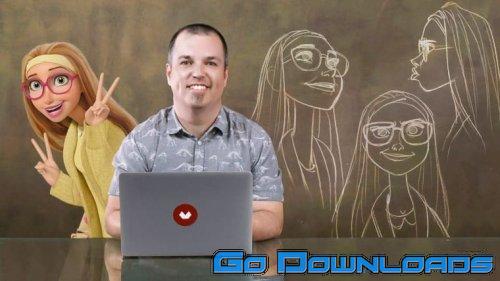Cool
Domestika Rigging Facial Articulation of a 3D Character Free Download

Domestika – Rigging: Facial Articulation of a 3D Character
Learn to design and build a facial rig
The articulation of a character is an essential process within an animated film. The objective is to make the character ready so that he can express himself and act. For this, among many other things, the ‘rigger’ creates the entire range of facial expressions necessary.
About this course
You will learn what a rigger is and what it does in its day to day. And you will discover why it is essential to know how things work in order to replicate real life movements in your characters.
From Iker’s hand you will immerse yourself in Maya, one of the most used programs in the animation industry, and will teach you how to use basic and advanced deformers, which will allow you to alter the appearance of objects to create the character’s facial articulation.
In a somewhat more theoretical aspect, Iker will talk about anatomy, topology and facial expression; indispensable knowledge to replicate the natural and credible movement of the face.
Next, you will learn to create a basic deformation and control structure so that your character can move his head.
Later you will work your mouth, eyebrows, eyes and jaw so that your character can express himself with total freedom.
Finally, you will learn how to use the Playblast tool, which will allow you to create a small video, very useful to prepare a reel and show everything you have learned during the course.
What is this course’s project?
You will carry out the creation and animation of the facial rig of a 3D character.
Who is it for?
This course is aimed at modelers, illustrators and designers, with or without 3D experience, who want to give life to their characters and learn to create facial rigs in the way that great animation producers do.
What you need
No previous knowledge of 3D is necessary, although if you know something about animation modeling you can get more out of it.
You will need a computer and 3D software. Iker will use Autodesk Maya 2017, although his explanations are easily transferable to other programs and other versions of Maya.




